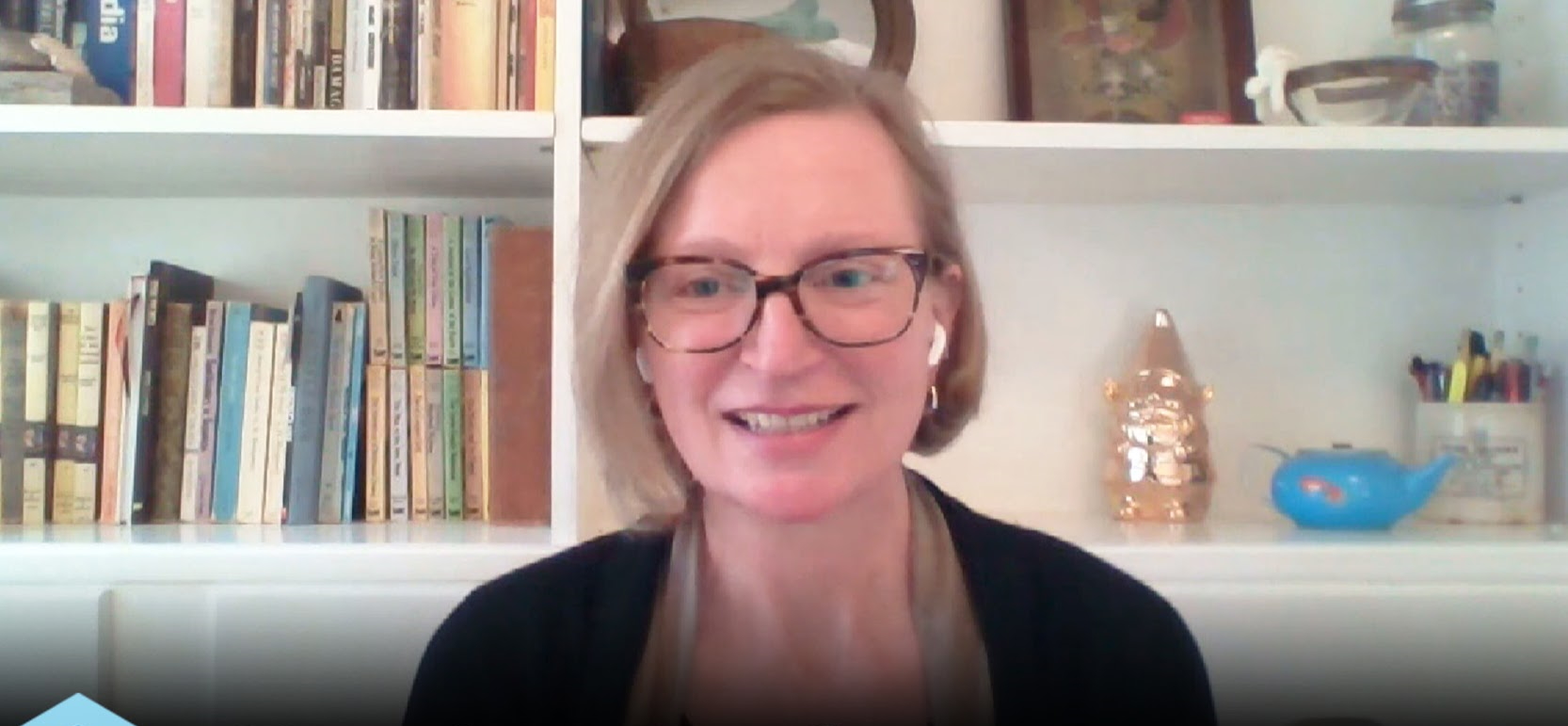 CLOUD
CLOUD
 CLOUD
CLOUD
 CLOUD
CLOUD
Cloud computing is not only changing the way people store and share their photos and how companies back up, manage, and use their data — it is also impacting scientific research.
By eliminating the need to store huge data sets on local hard drives and allowing access to information from anywhere in the world, the cloud accelerates and advances science, according to Dr. Chelle Gentemann (pictured), senior scientist at the Farallon Institute Inc.
“Moving onto the cloud and bringing your ideas and your compute to the data set, it opens up this entire Pandora’s box, this beautiful world of how you can do science,” she said. “You’re no longer restricted to what you have downloaded or what you’re able to do because you have this unlimited compute.”
Gentemann spoke with John Furrier, host of theCUBE, SiliconANGLE Media’s livestreaming studio, during the AWS Public Sector Summit event. They discussed the role of cloud computing in scientific research, Farallon Institute’s work using AWS Public Dataset Program, and the relevance of artificial intelligence and machine learning to promote science. (* Disclosure below.)
Before adopting the cloud, large research institutions used to create repositories to download the data sets they were working on, and the problem was that these files were not transparent enough, according to Gentemann.
“You’re trying to do science with these data, but you’re not sure if it’s the most recent version,” she said. “[And] it makes it really hard to do reproducible science, because if you want to share your code, somebody also has to access that data and download it. And these are really big data sets, so downloading it could take quite a long time.”
As the data was moved to the cloud, the researchers were able to get rid of the hard work of downloading the information. “And instantly when I share my code now, people can run the code and just build on it and go right from there, or they can add to it or suggest changes,” Gentemann explained. “That’s a really big advantage for trying to do open science.”
This change also allowed for the combination of different data sets at the same time, opening doors for various types of research with new kinds of information.
Another impact of cloud computing on scientific research is to enable collaborative work. Until now, research was organized in silos, following the functioning of funding mechanisms, which inhibited creativity, collaboration, and the advancement of science, according to Gentemann.
Researchers generally build new findings based on research already published, and for that they traditionally had to reproduce the study and recode the entire analysis.
“They’re redoing the work that you did, which is simply not efficient,” Gentemann stated. “So one of the things I’m really excited about with cloud computing is that by bringing our scientific ideas and our compute to the data, it allows us to break out of these silos and collaborate with people outside of our institution, outside of our country, and bring new ideas and new voices and elevate everyone’s ideas to another level.”
A scientific non-profit organization, the Farallon Institute focuses on understanding and preserving healthy marine ecosystems. Gentemann’s research specifically targets the use of satellites to examine how the ocean influences weather and climate.
Using cloud computing, Gentemann is currently working with students from Denmark, Oman, India and France, in addition to the United States. Her latest scientific article was published together with a software that contains the research data and the analysis performed.
“We got a digital firewall for the software, published the software and then containerized it so that when you read our paper, at the bottom of the paper, you get a link,” she explained. “[If] you go to that link, you click on a button and you’re instantly in our compute environment. You can reproduce all of our results. That’s just magical.”
Watch the complete video interview below, and be sure to check out more of SiliconANGLE’s and theCUBE’s coverage of the AWS Public Sector Summit event. (* Disclosure: TheCUBE is a paid media partner for the AWS Public Sector Summit Online event. Neither Amazon Web Services Inc., the sponsor for theCUBE’s event coverage, nor other sponsors have editorial control over content on theCUBE or SiliconANGLE.)
Support our mission to keep content open and free by engaging with theCUBE community. Join theCUBE’s Alumni Trust Network, where technology leaders connect, share intelligence and create opportunities.
Founded by tech visionaries John Furrier and Dave Vellante, SiliconANGLE Media has built a dynamic ecosystem of industry-leading digital media brands that reach 15+ million elite tech professionals. Our new proprietary theCUBE AI Video Cloud is breaking ground in audience interaction, leveraging theCUBEai.com neural network to help technology companies make data-driven decisions and stay at the forefront of industry conversations.